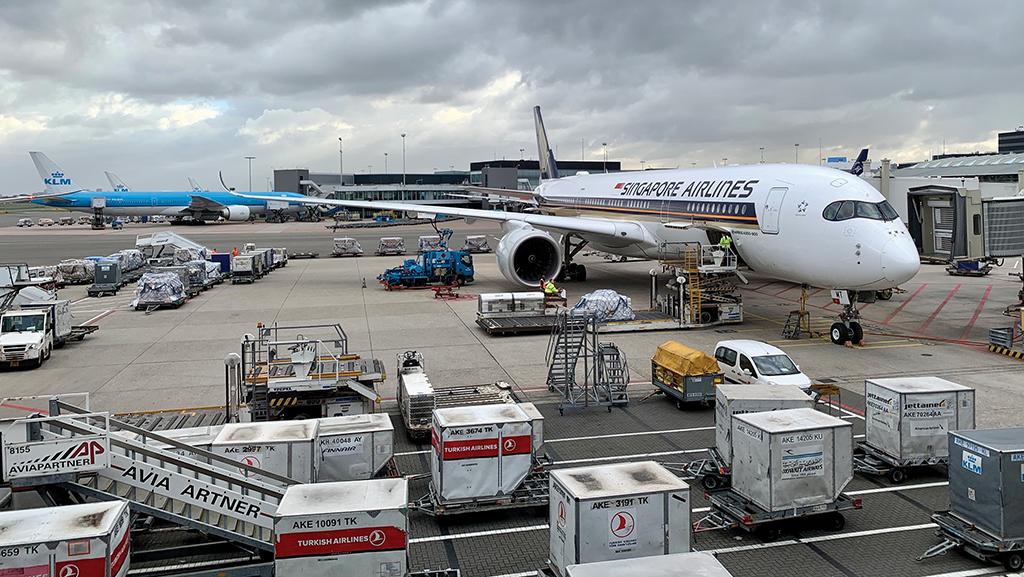
The European Union Aviation Safety Agency’s Third Country Operator (TCO) regulation will be updated in the next few years, but the program’s successful track record means the changes will be minimal.
“We have started the rulemaking activity,” the agency’s head of Air Operations and Aerodromes, Eduard Ciofu, said at a joint FAA/European Union Aviation Safety Agency (EASA) conference in mid-June. “But the level of adjustment is relatively modest—some tweaking here and there, allowing us to focus on and remove some of the administrative processes that are proving to be a bit redundant.”
The rulemaking update, expected to take about two years, is based on a 2020 review of the program’s first five years in operation. The program applies certain International Civil Aviation Organization standards to operators from outside 31 European states that want to conduct commercial operations into any of them. Obtaining a TCO, which is free of charge, is the first step in the operational approval process.
Applicants are subjected to three potential levels of scrutiny. The vast majority—about 80%—are approved following a “desktop” application review, Ciofu said. About 15% require further assessment, while the rest must be escalated to in-person consultations to resolve concerns. Operators seeking to be removed from Europe’s Air Safety List of banned carriers are elevated to the in-person audit level.
The program has processed about 1,200 applications since its inception and receives a steady stream of about 60-80 per month, Ciofu said. TCO authorization is indefinite, with a few caveats. Results from various surveillance and oversight programs, such as ramp inspections or routine audits, can trigger operator-specific reviews and, in rare cases, suspensions.
TCO reviews produce a common subset of noncompliance findings, Ciofu said. The most common are safety management system implementation, the frequency of pilot-proficiency checks—especially for first officers—unsatisfactory flight data analysis programs and issues with radio equipment. Most of the concerns affect Part 135-level operators, but issues are also found with Part 121 scheduled carriers, Ciofu said.
Looking ahead, Ciofu sees the regular TCO updates as opportunities for collaboration between TCO and similar programs in other jurisdictions such as the FAA’s Part 129 and Transport Canada’s Foreign Air Operator Certification.
“We believe this is also an opportunity to reflect on how we can cooperate with regulators to share lessons learned and lessen the burden on the industry side,” Ciofu said. “We see this activity remaining a priority on our side as we go ahead, continuing to partner with like-minded regulators to get a more universal and more standardized approach to this process.”





